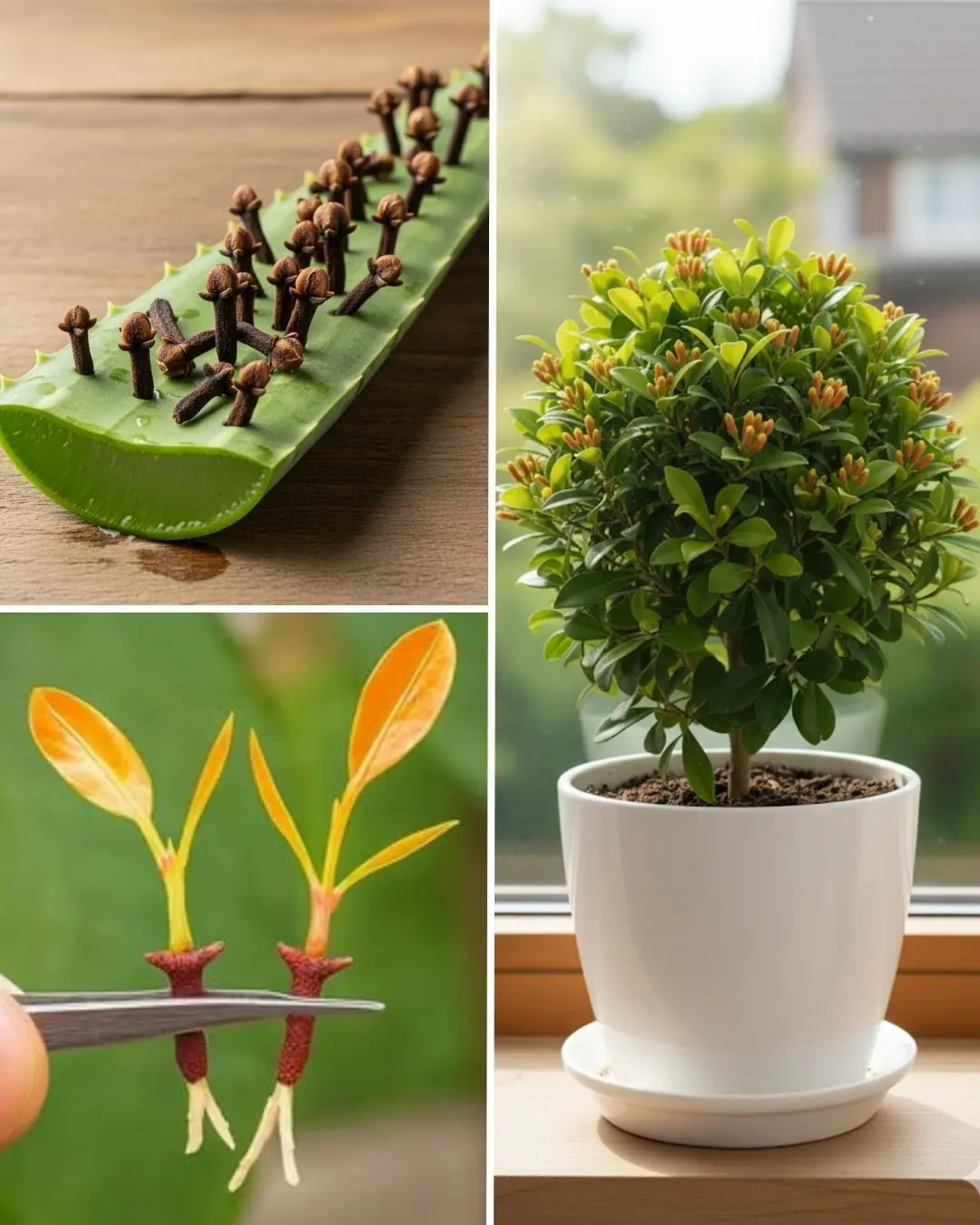
Secrets of Companion.Tomatoes Hate Cucumbers.Planting Combinations.
🍅🌿 Tomatoes Hate Cucumbers: Secrets of Companion Planting & Smart Garden Pairings
Companion planting is a time-tested gardening technique that involves growing certain plants together to enhance growth, deter pests, and improve flavor. But not all plants get along—some combinations can actually stunt growth or attract unwanted insects. One surprising example? Tomatoes and cucumbers.
🚫 Why Tomatoes and Cucumbers Don’t Mix
Although both are popular summer crops, tomatoes and cucumbers compete for similar nutrients and space. When planted side by side, they can:
-
Overcrowd each other, leading to poor air circulation and increased risk of fungal diseases.
-
Attract similar pests, like aphids and whiteflies, which can spread quickly between the two.
-
Compete for water and nutrients, especially in smaller garden beds or containers.
While they won’t “hate” each other in a dramatic sense, planting them together can reduce overall yield and plant health.
✅ Best Companion Plants for Tomatoes
To help tomatoes thrive, pair them with plants that support their growth:
-
Basil – Enhances tomato flavor and repels pests like thrips and mosquitoes.
-
Marigolds – Deter nematodes and aphids with their strong scent.
-
Garlic & Onions – Natural pest repellents that don’t compete for space.
-
Carrots – Loosen soil around tomato roots, improving aeration.
-
Lettuce – Grows low and helps shade the soil, keeping roots cool.
✅ Best Companion Plants for Cucumbers
Cucumbers benefit from neighbors that improve pollination and reduce pest pressure:
-
Radishes – Repel cucumber beetles and grow quickly.
-
Dill – Attracts beneficial insects like ladybugs and lacewings.
-
Sunflowers – Provide natural shade and support for climbing cucumber vines.
-
Beans – Fix nitrogen in the soil, boosting cucumber growth.
-
Nasturtiums – Trap aphids and act as a living mulch.
🌱 Tips for Successful Companion Planting
To maximize the benefits of companion planting, keep these strategies in mind:
-
Rotate crops annually to prevent soil depletion and disease buildup.
-
Use vertical space for climbing plants like cucumbers to reduce crowding.
-
Group plants by water needs to avoid over- or under-watering.
-
Incorporate herbs and flowers to attract pollinators and repel pests naturally.
-
Observe plant behavior—if a pairing seems to struggle, try separating them next season.
🧠 Bonus Insight: The Science Behind Plant Relationships
Plants communicate through root exudates and airborne chemicals. Some release compounds that inhibit the growth of nearby species (allelopathy), while others share nutrients via fungal networks. Understanding these interactions helps gardeners create thriving ecosystems rather than just isolated crops.
News in the same category


8 Collagen-Boosting Veggies to Ease Leg and Joint Swelling

Mugwort Plant: Benefits, Properties, and Uses

Purslane: The Superfood That Tastes Better Than Meat – 7 Reasons to Grow It in Your Garden
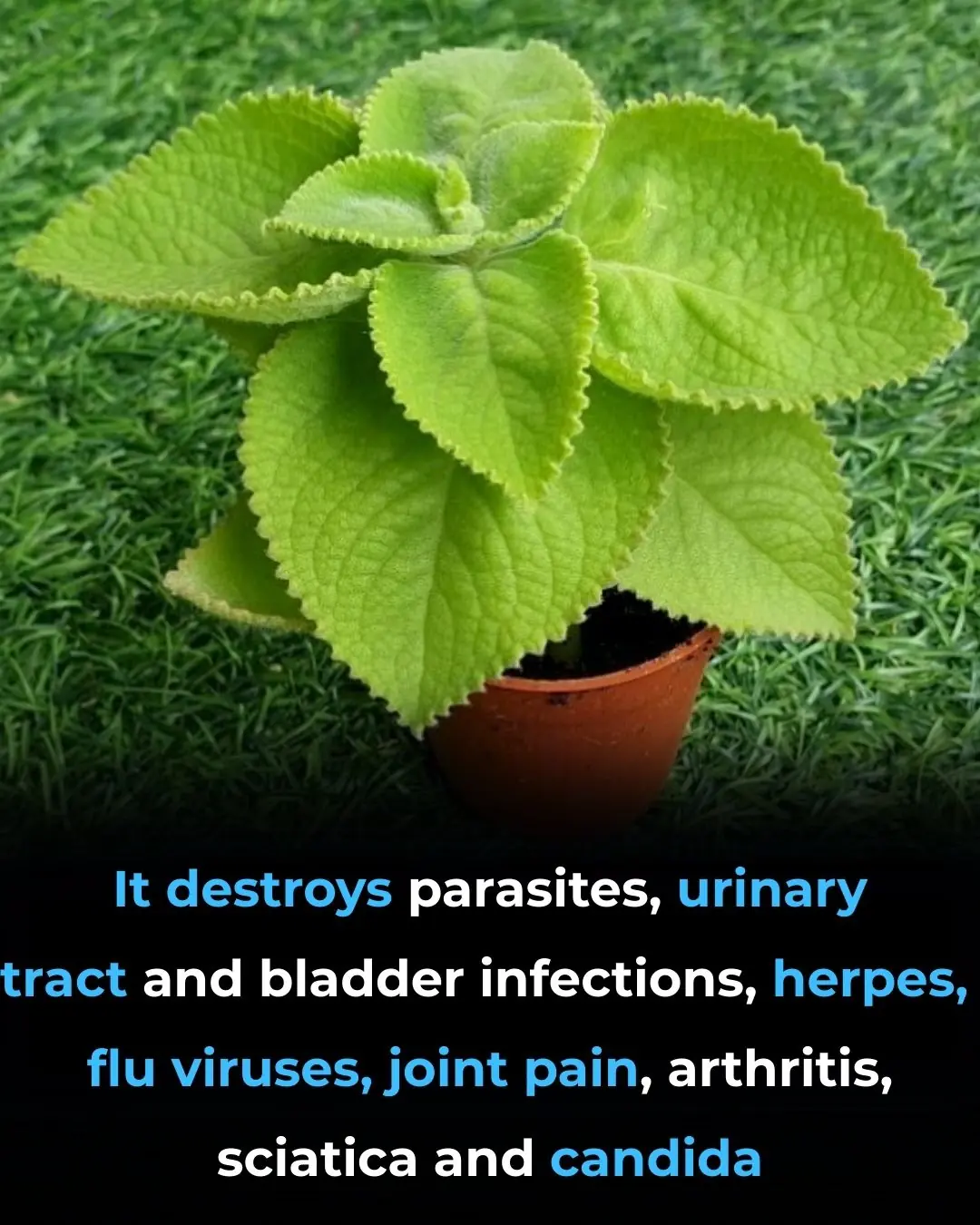
🌿 Oregano: Nature’s Small but Mighty Healer
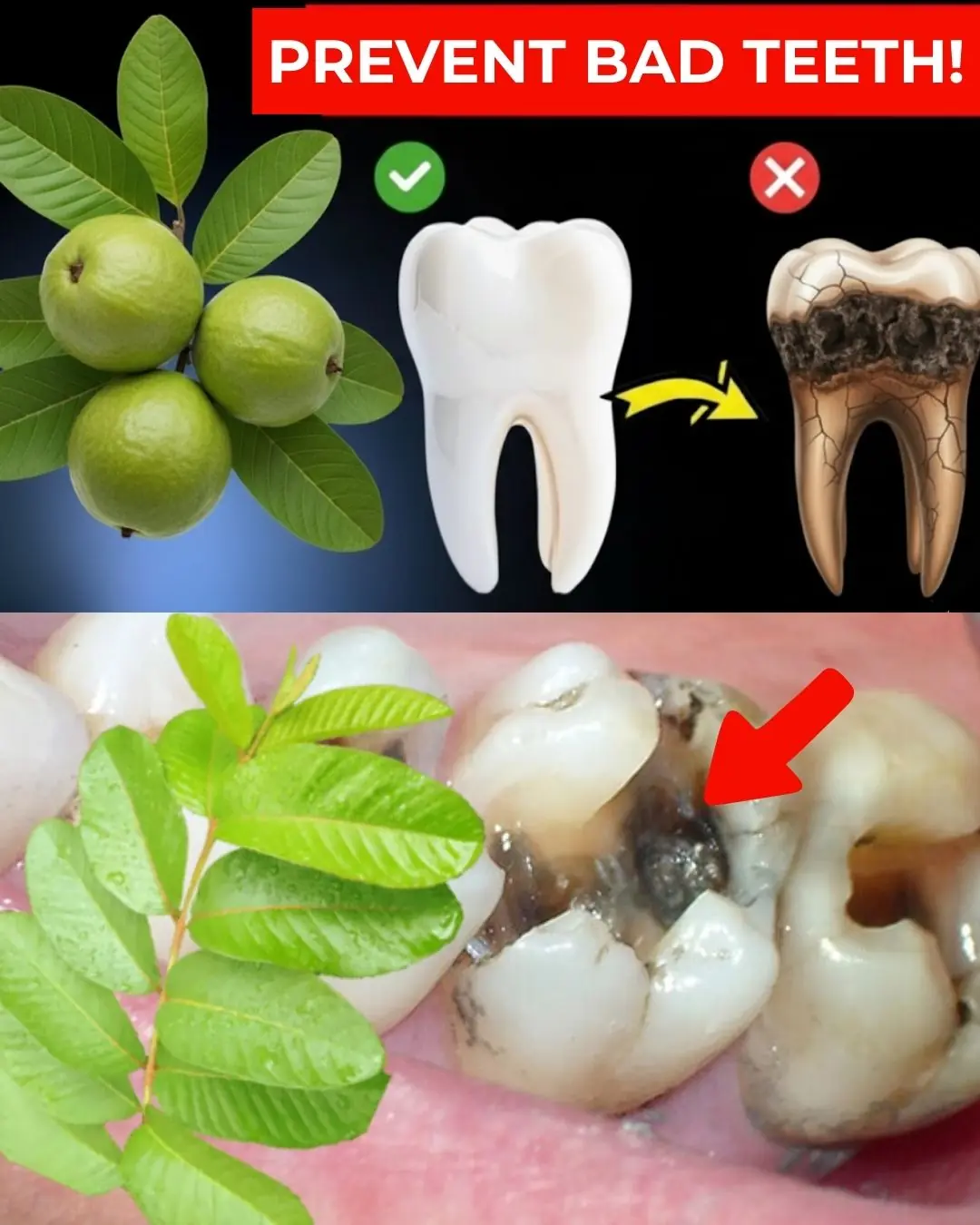
Top 3 Ways to Treat Tooth Decay with Guava Leaves – Simple and Cost-Effective

Turmeric, Cuban Oregano, and Banana Drink: Natural Remedy for High Blood Pressure, Diabetes, and Poor Circulation
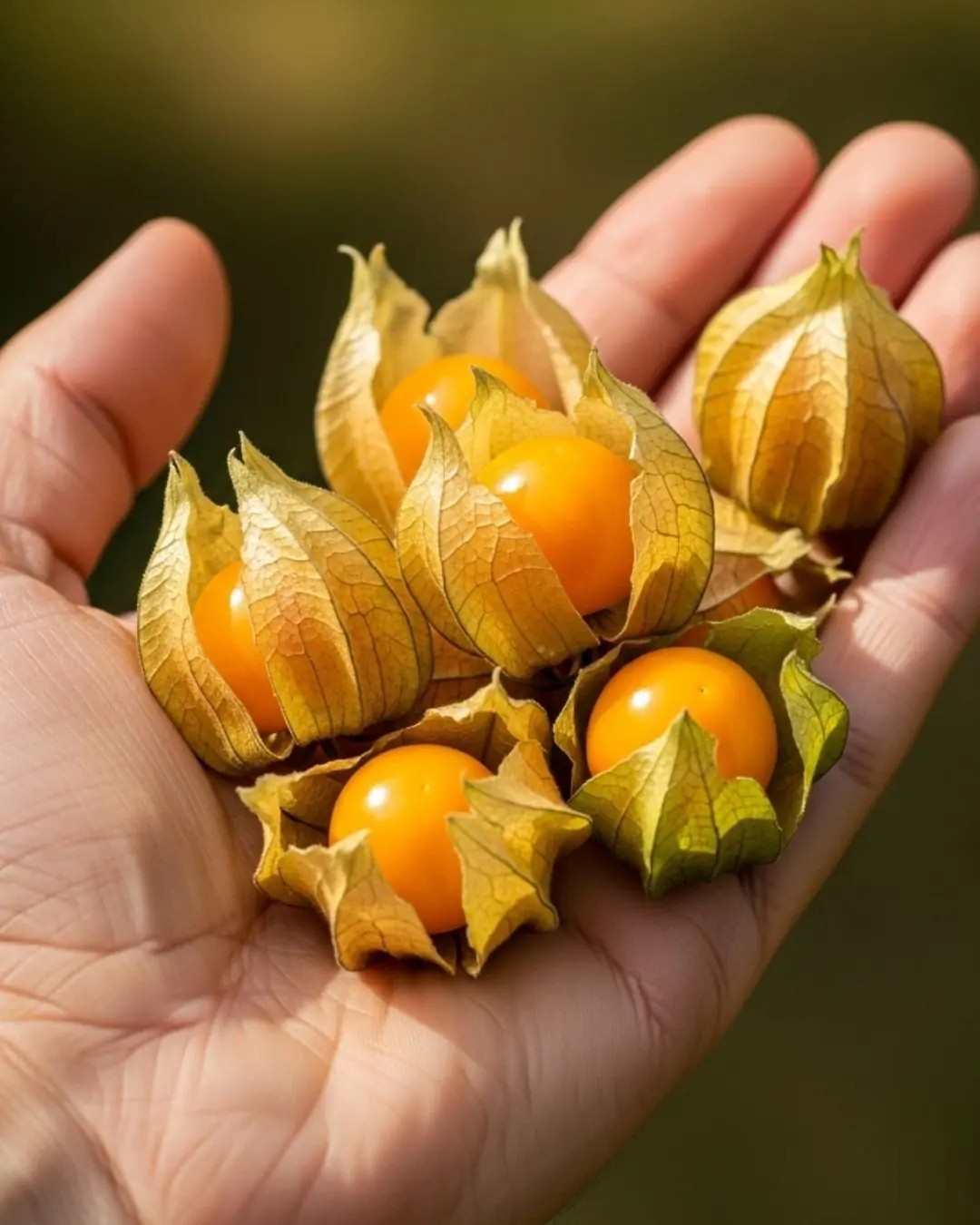
Goldenberry: 17 Powerful Health Benefits for Older Adults.
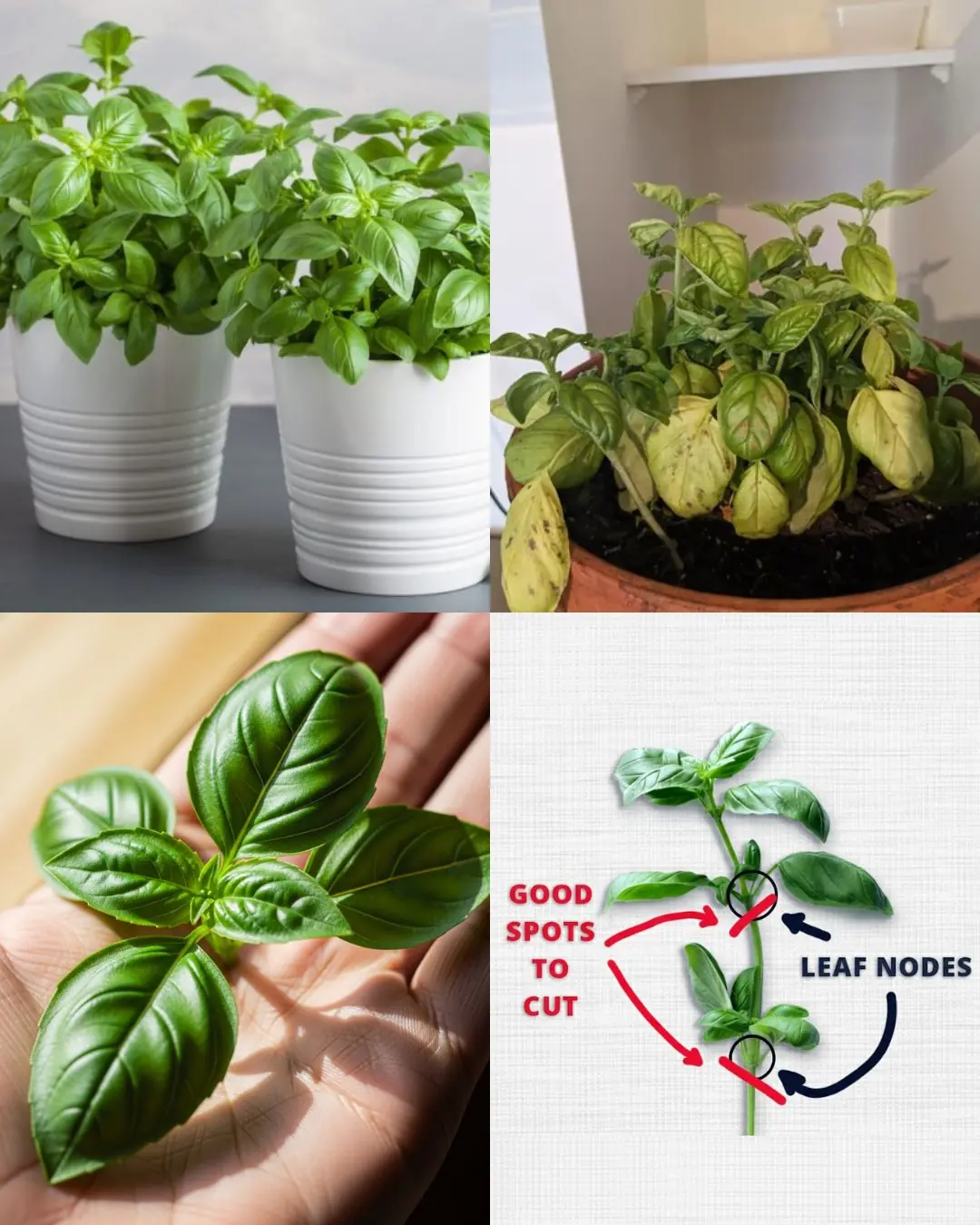
How to Keep Supermarket Basil Alive and Thriving

The Secret Power of Plantago Major that no one knows

Mimosa Pudica: Medicinal Value and Uses
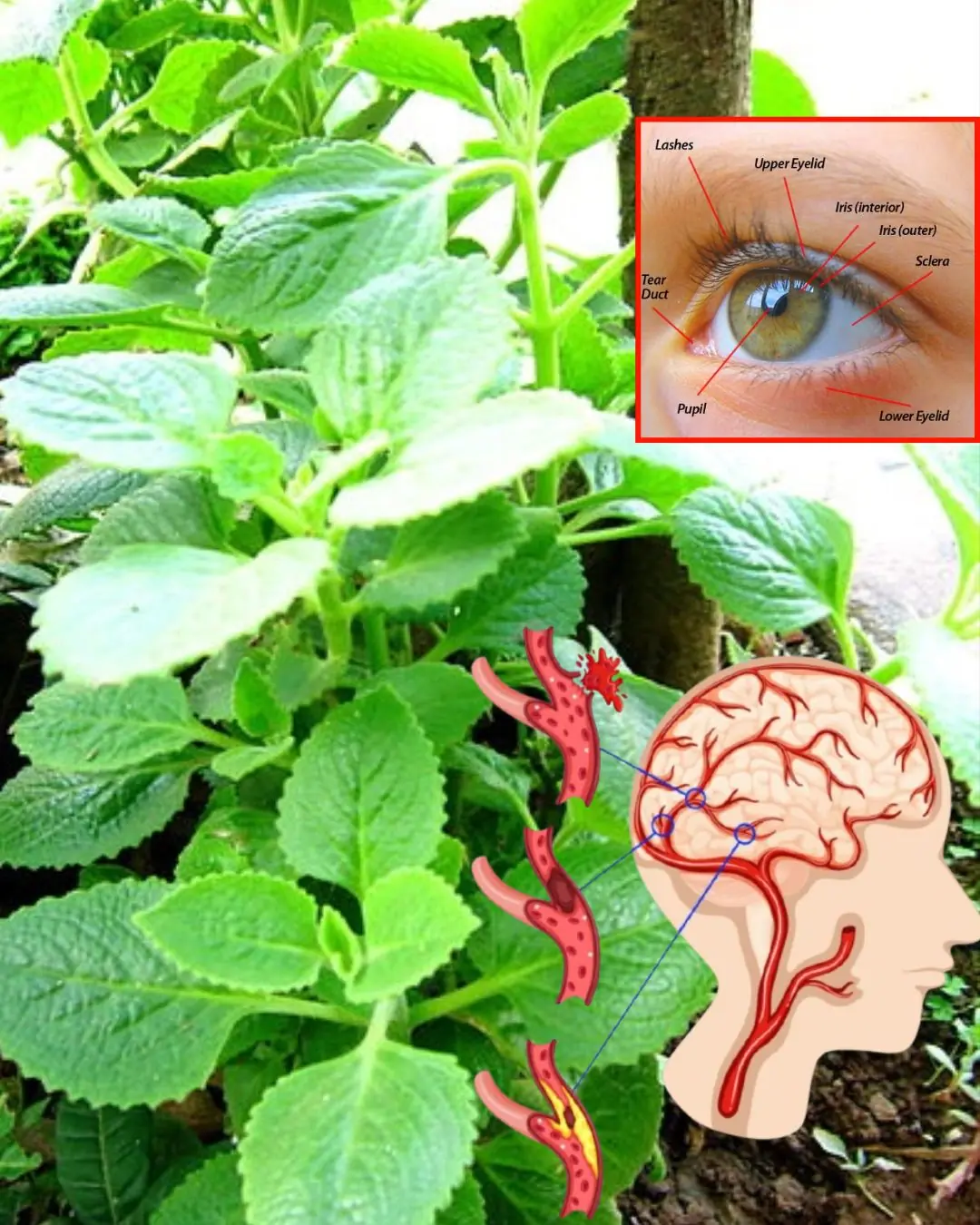
"The best plant for eyesight 👀 and much more… See more in the first comment."

Discover Garden Gold: Dandelion’s Hidden Power

The Power of Chanca Piedra: 10 Benefits and Uses
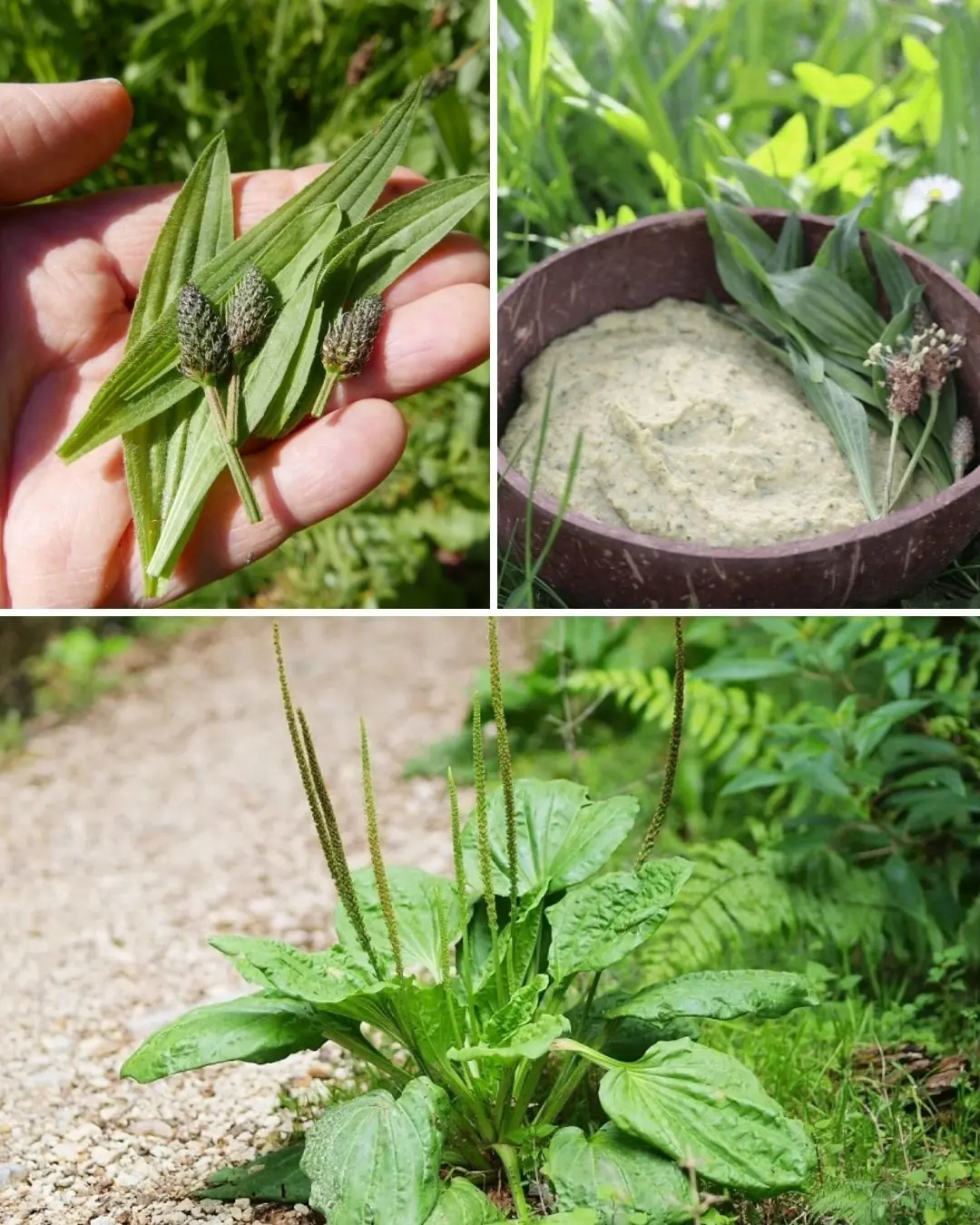
The Incredible Benefits of Plantago lanceolata and How to Use It

Exploring the Health Benefits of Common Mallow: A Nutritional Powerhouse

Cyperus Rotundus: The Ancient Herb with Modern Healing Power

2 Cloves a Day Trigger Irreversible Changes in Your Body — Especially After 40
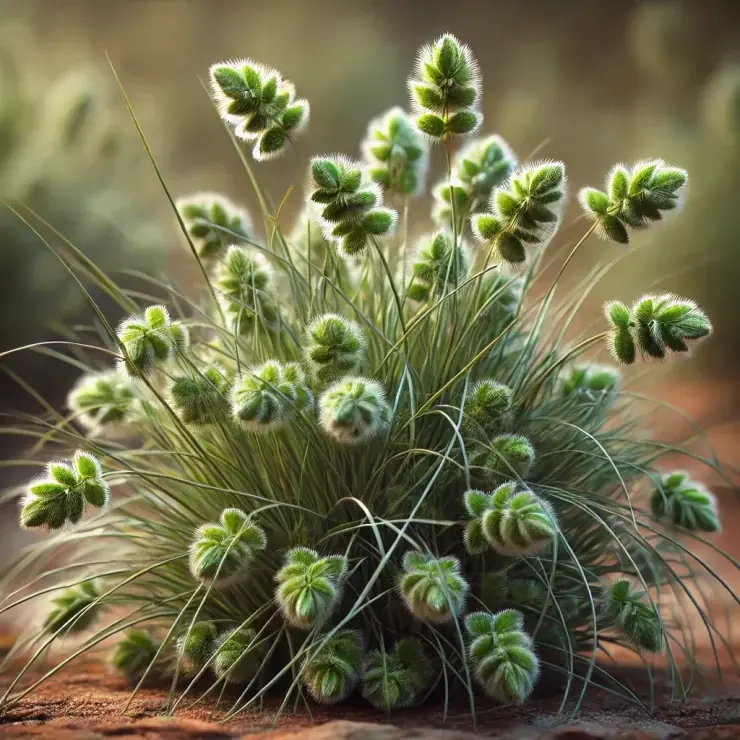
Kyllinga brevifolia (Rottb): Benefits and How to Use It
News Post

Easy Clove Growing: Seed to Spice

Clove Oil: Wrinkle Free Flawless Skin At Any Age

Here Is What Your Poop Says About Your Health

Reverse Hair Greying – Turn White Hair to Black

Secret Benefits of Onion Juice for Hair You Didn't Know

European Apple users left 'speechless' at price increases for iPhone 17

Tesla engineer quits company after 8 years with scathing message for Elon Musk on way out

Effective Methods to Keep Ginger Fresh for Extended Periods

The Truth About Eating the Black Vein in Shrimp Tails

8 Collagen-Boosting Veggies to Ease Leg and Joint Swelling

Oil Infusion For Fast Hair Growth
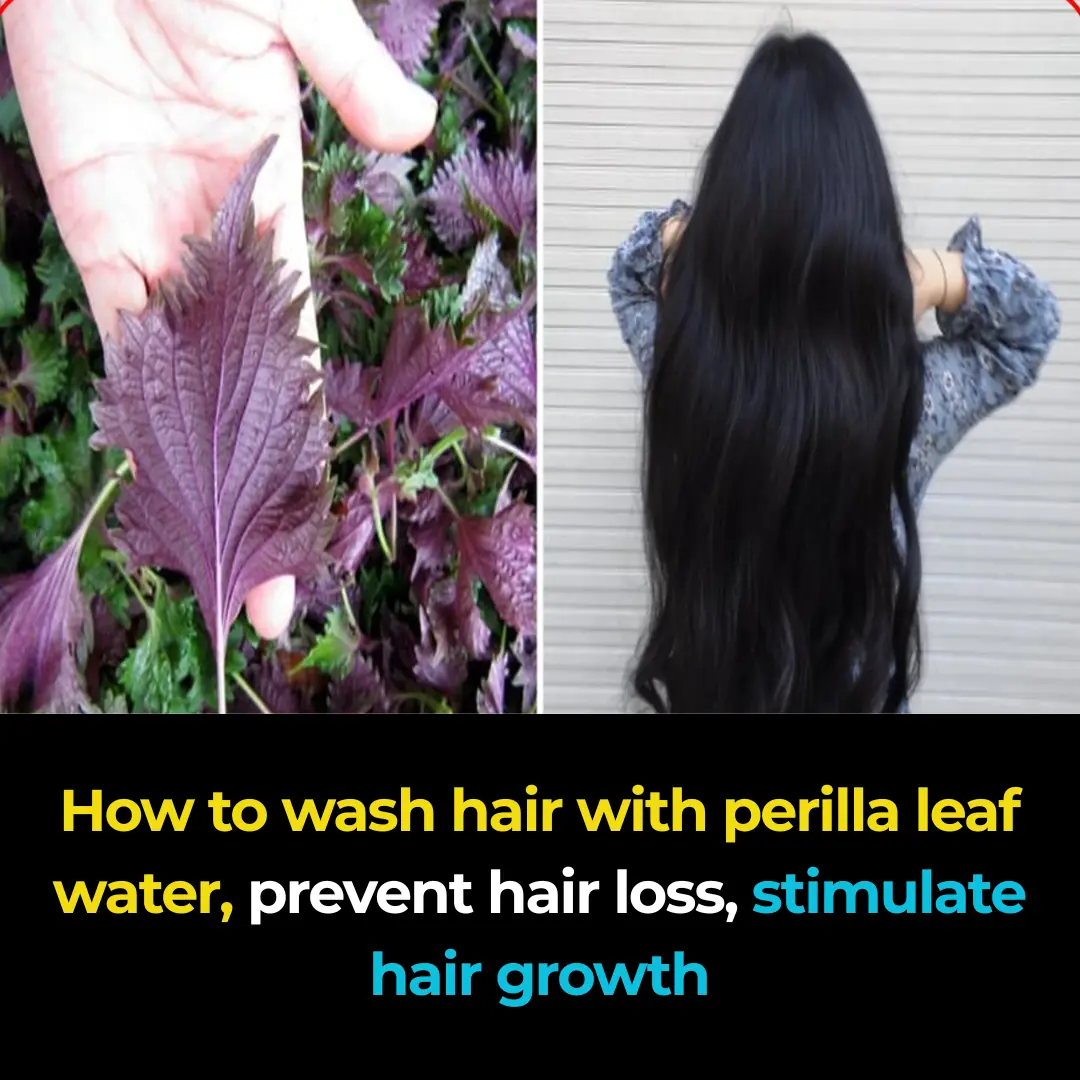
How to wash your hair with perilla leaf water to prevent hair loss and stimulate the growth of new hair.

Don’t soak frozen meat in cold water. Follow the chef’s method to defrost it in 5 minutes, and the meat will still taste great.

How to store chili peppers for months, keeping them as fresh as if they were just picked, with firm, plump flesh that doesn't dry out or lose flavor.

3 powerful vegetables everyone overlooks (but shouldn’t!)

4 hidden signs of iodine deficiency in your skin, hair & nails

The Most Effective Natural Way to Remove Gallstones

Mugwort Plant: Benefits, Properties, and Uses
